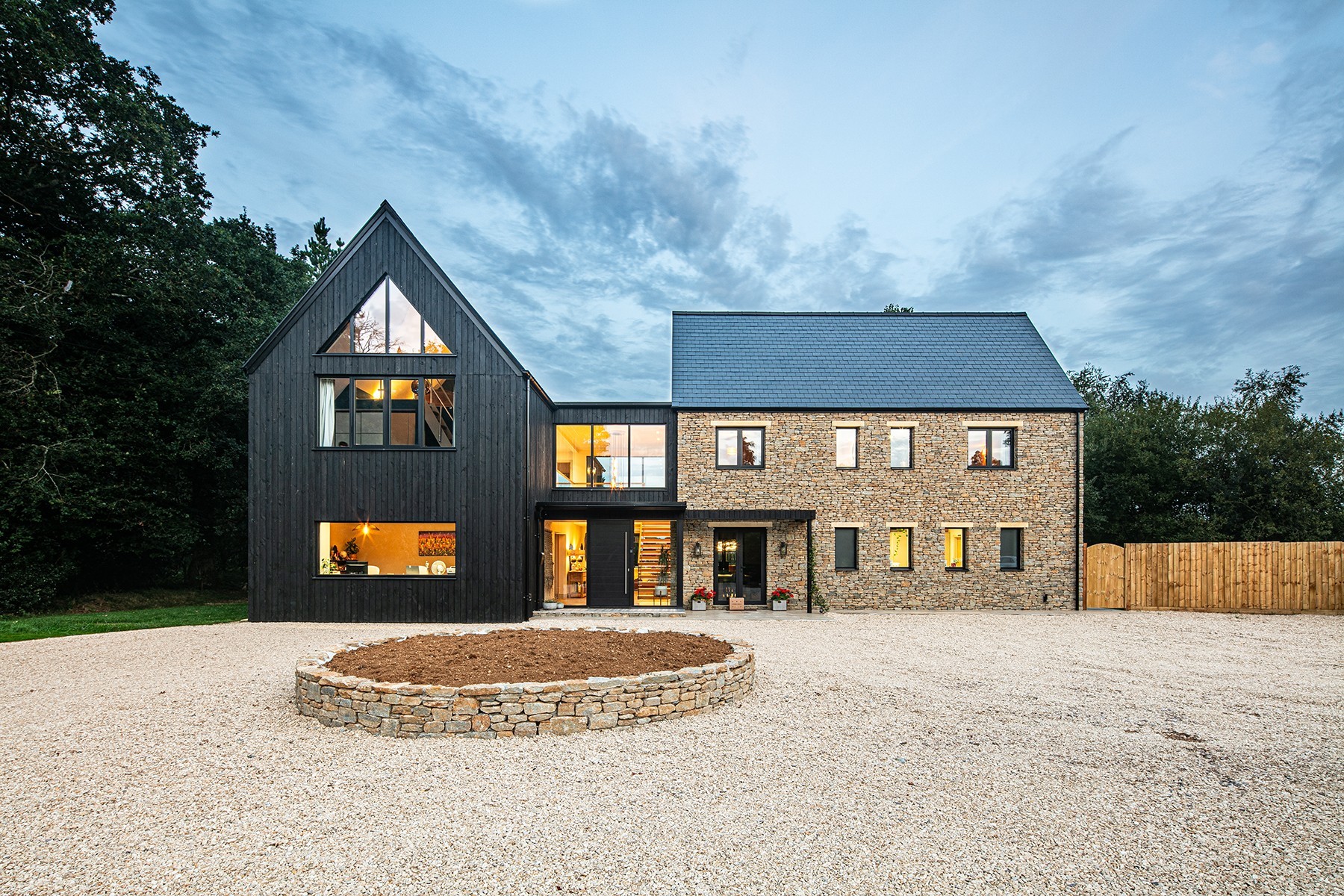
So you are looking for a photographer – an architectural photographer, to be specific? In this guide, I will share my insights into the benefits of hiring a specialist and why working with the right photographer can make a huge difference for you and your client.
I have been shooting architecture exclusively for 14 years and love it. Long gone are the days of weddings and sports competitions. Over that time, I have learned what works and what does not. Working with clients in the built environment is a joy, but you need to be passionate about the subject. Just as a landscape photographer needs to love the outdoors, or a sports photographer needs to love sport, a good architectural photographer understands the industry they work with.
Ask me to shoot a wedding, and I am lost. Show me a beautifully restored Edwardian townhouse, a well-made timber-clad window, or a 1,000m² warehouse, and I am in my element.
Why Work with a Professional Architectural Photographer?
My dad was an architect, so my childhood holidays often involved wandering around cities in Spain and France, looking at buildings instead of beaches. At the time, I thought it was boring. Thirty years later, I now drag my own kids around the same buildings.
Understanding buildings might sound straightforward, especially if you are the architect, builder or manufacturer commissioning the images, but it is not. A good architectural photographer brings a mix of technical and creative expertise to the table:
- Knowledge of how light moves across a building throughout the day
- An eye for the materials and construction details that deserve attention
- Experience capturing spaces in a way that highlights the craftsmanship and design
Specialist equipment also plays a role. Architectural photography requires precise, expensive tools to create accurate, distortion-free images.
The right photographs can:
- Help you win awards and gain media coverage
- Support marketing and sales efforts by showcasing your work
- Enhance your brand reputation by projecting professionalism and quality
Poor photography will undermine your project, no matter how good the result in real life.
When to Commission an Architectural Photographer
Getting the timing right is often trickier than you might think. Buildings rarely finish on schedule, and completion dates tend to shift.
Clients rightly want their shiny new project photographed when it looks its best – ideally as soon as possible after completion and before tenants move in. However, rushing in too early can backfire if landscaping is unfinished or interiors are not yet dressed.
Think about:
- Whether the planting has had time to bed in
- Whether interiors are fully furnished and styled
- Whether snagging has been completed
Commission your photographer early in the process but build in flexibility around dates.
What to Expect in Terms of Pricing and Timelines
Pricing
Photography costs vary depending on:
- Location of the project
- Time on site
- Number of images required
Personally, I keep my pricing consistent and transparent across all clients. I charge based on the project’s scope and the time it requires. Trying to cram too much into one day will compromise the results. A full day (or more) allows time to capture the best possible images.
My aim is always to offer value and build long-term relationships. Most of my work comes from repeat clients and recommendations. My advice? Choose a photographer based on the quality of their work and how well they understand your needs – not just price.
Timelines
Know your deadlines and communicate them clearly. Photographers often have busy diaries, with back-to-back shoots and editing booked in advance. I always tell clients to allow up to 10 working days for final images, though I aim to deliver sooner where possible.
Licensing
Licensing can be a grey area, so make sure you understand how you can use the images:
- Where (website, print, social media)
- For how long
- Whether they can be shared with third parties
Most photographers will not allow images to be shared freely with others (for example, between contractors or manufacturers). Confirm this upfront.
The Architectural Photography Process: Step-by-Step
The Brief
A clear brief helps avoid misunderstandings. Think about:
- Why you want the images
- What you want to highlight (details, materials, ‘wow’ shots)
- The style you prefer (contrasty, subtle, soft light, etc.)
Provide examples and a checklist of must-have shots.
The Shoot
Visit the site a week or so beforehand to ensure it is ready. On the day:
- Arrive ahead of the photographer to prep the space
- Ensure access is arranged
- Have each space clean and ready (fingerprints and scuff marks show up!)
The more prepared you are, the more time the photographer has to focus on getting the best shots.
Delivery
Once you receive your images, minor tweaks can often be made to suit your needs – but be realistic. If the weather was poor, no amount of editing can make it look like a sunny day. Good photographers will make reasonable adjustments at no extra cost.
Common Mistakes to Avoid
- Leaving it too late – Do not expect a photographer to be available at a day’s notice. Book early and stay in touch as timelines shift.
- Insufficient information – Provide detailed directions, parking info, site plans, and clear briefs.
- Lack of preparation – Clean, tidy, and prepare the space thoroughly. Small details like smudges on an oven door can ruin a shot.
- Hiring the wrong photographer – Specialist photography delivers specialist results. Avoid hiring someone who does weddings or landscapes just because they are cheaper.
Final Thoughts
If you have never commissioned a professional photographer for your project, you will not know the value until you try. The right images can transform how people see your work.
If you would like to chat about how I work or discuss a project, feel free to get in touch. I have photographed thousands of properties over the past 20 years and still love seeing new projects and architectural styles.


